TULSIDAS (c.15321632), the most important of the saint-poets of the medieval bhakti movement in northern India, is also Hindis greatest poet. Though very little is known about Tulsis personal life, he left behind a considerable body of work, including his epic, the
, a retelling of the story of Ram in Avadhi. Tulsi was an ardent devotee of Ram, and his works have come to occupy almost a canonical status in the Ram tradition in northern India. His other important works include the
. In addition, the
, a short devotional poem of forty verses in praise of Hanuman, is popularly ascribed to Tulsidas, and is considered by many to be his most important work after the
. Tulsidass works continue to remain popular even today, more than four hundred years after their composition.
ROHINI CHOWDHURY is an established literary translator. Her primary languages are pre-modern (Braj Bhasha and Avadhi) and modern (Khari Boli) Hindi, and English. Her translations include the seventeenth-century Braj Bhasha text Ardhakathanak, widely regarded as the first autobiography in an Indian language, into modern Hindi and into English. She also writes for children, and has more than twenty books and several short stories to her credit. Her published writing, in English and Hindi, covers a wide spectrum of literary genres including novels, short fiction and non-fiction. Her literary interests include mythology, folklore, mathematics and history.
She runs a story website at www.longlongtimeago.com.
Introduction
Amongst the most important of the saint-poets of the medieval bhakti movement in northern India, Tulsidas is also Hindis most renowned poet. In 1574, he commenced the composition of his
Ramcharitmanas, a retelling of the story of Ram, the legendary prince of Avadh. Tulsis epic poem is unanimously regarded as the greatest achievement of Hindi literature, and is a significant addition to the Ramayana corpus. Composed in the vernacular Avadhia literary dialect of eastern Hindiand therefore accessible to everyone without the need for learned intervention by the Brahmin, it became, and remains, the dominant and accepted version of Rams story in the Hindi-speaking north. My own engagement with Tulsidas began one crisp autumn night fifty years ago in a small town by the banks of the Ganga, when I saw my first performance of the
Ram Lila.
The sky was sprinkled with stars but I had eyes only for the drama unfolding upon the crude wooden stage before me, where the story had reached a critical point: Hanumans tail was to be set on fire. The sets were crude, the costumes garish, the acting unsophisticatedbut the story transcended all such concerns, such was its magic and power. I did not know it then, but that was also my first intimate encounter with the Ramcharitmanas, upon which the Ram Lila is based. Growing up, Tulsis poem was always around mechanted in the homes of friends or neighbours, sung on the radio, or the theme of plays and dance dramas. So when the opportunity came to translate it into English for Penguin India, I accepted it with alacrityand the last five years that I have spent walking behind Tulsi, one of the greatest literary minds of all time, have been a pleasure and a privilege. My translation does not do justice to Tulsis extraordinary poetic genius.
His use of wordplay, his rhymes and alliteration, and the sheer musicality of his poem I have found impossible to capture in English. I have therefore contented myself with being as clear and accurate as possible in my translation, and to convey, to the best of my ability, the scale and grandeur of his great poem.
The Ramayana tradition
For at least the last two and a half thousand years, poets, writers, folk performers, and religious and social reformers have drawn upon the story of Ram as a source of inspiration. It has been told again and again in countless forms and dozens of languages, making it one of the most popular and enduring stories in the world. More than any other hero, Ram has been upheld as dharma personified, the epitome of righteousness, and his actions as the guide for right conduct. In recent times, the story has provided inspiration for films, novels, and in the late 1980s, a weekly television series watched by more than eighty million viewers.
The oldest and most influential surviving literary telling of the story of Ram is the Sanskrit epic called the Ramayana. Composed sometime during the first millennium BCE , and consisting of some 50,000 lines in verse set in seven kands or books, it is attributed to the poet Valmiki, and is widely regarded as the original. The influence of Valmikis Ramayana has been so profound that the title of his epic has come to denote the entire tradition, from oral and folk performances to literary texts and translations. Within this rich and varied tradition also lie the Ramayana songs from Telangana, the folk performances of the Ram Lila in northern India, the eleventh-century Tamil Iramavataram (The Incarnation of Ram) by Kamban, and Tulsidass Ramcharitmanas.
The rise of bhakti
Scholars of the Ramayana tradition hold the view that Ram was originally a human hero and was only later raised to the status of avatar of Vishnu. In the five central books of Valmikis epic, Ram is portrayed as an earthly prince: though endowed with godlike courage, fortitude and compassion, his exploits are those of a human being.
It is only in the first and last books of the poemwhich are considered to be later additions to Valmikis epicthat Ram is explicitly declared to be an incarnation of Vishnu on earth. Soon after the beginning of the Common Era, Ram began to be increasingly regarded as an avatar of Vishnu. At about the same time, a new attitude towards the divine began to replace austere monistic meditation, sacrificial rites and polytheistic practices. This was bhakti, or intense emotional attachment and love towards a chosen, personal god and his avatarsparticularly Vishnu and his earthly incarnations, Ram and Krishnaand joyous and public worship of that god. Bhakti assumed a dualistic relationship between the devotee and his god, as opposed to the monistic ideal of the Advaita or non-dualistic school of philosophy. Its proponents considered the way of bhakti (bhakti-marg) superior to other means of achieving salvation such as knowledge or good works or ascetic disciplining of the body; it was also open to everyone, regardless of their caste, class or sex.
With the advent of bhakti, Rams transition from godlike prince to God became complete. This was a critical transformation of the Ram storyand it is within this bhakti tradition that Tulsi wrote his Ramcharitmanas

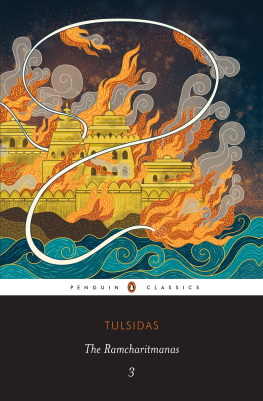

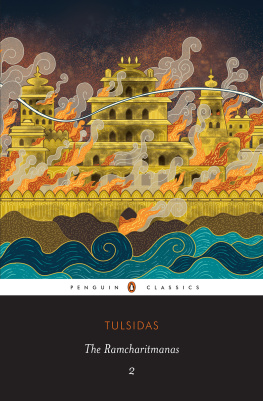
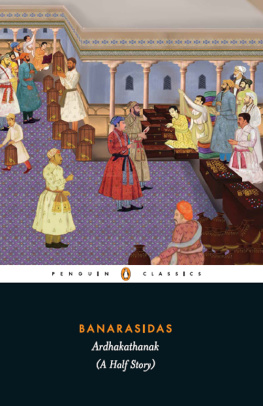
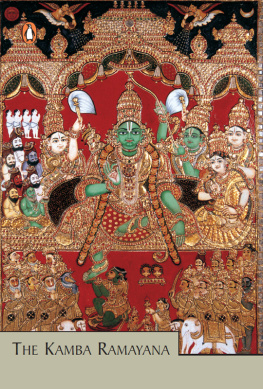


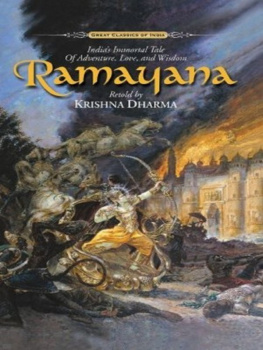
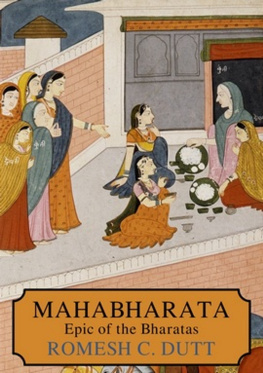

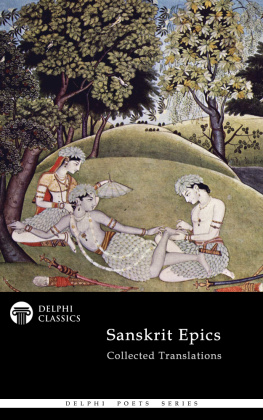
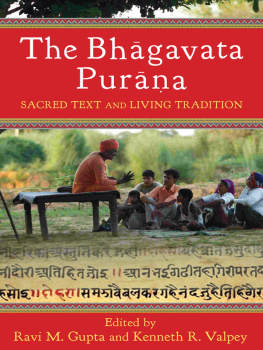
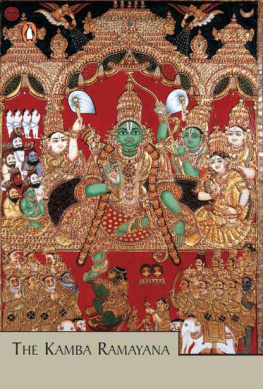





 CLASSICS
CLASSICS